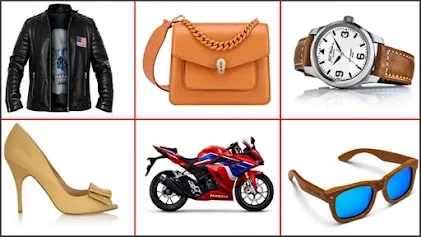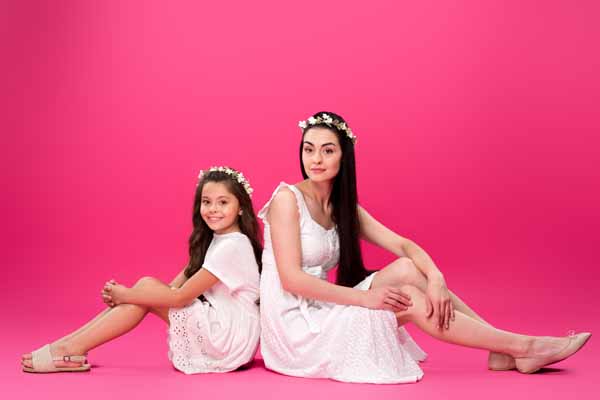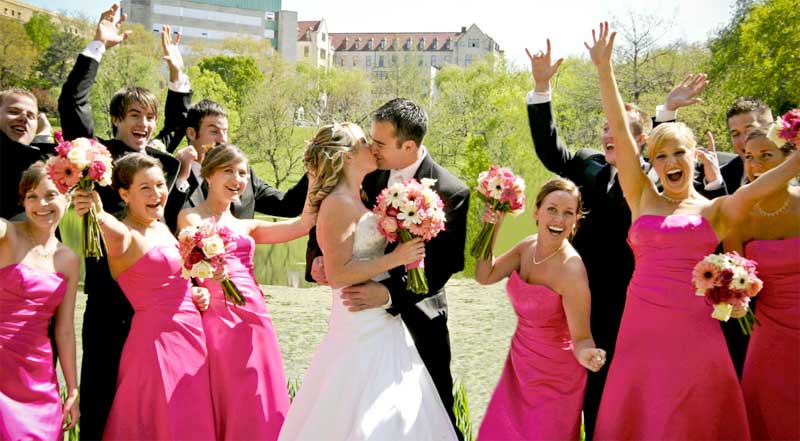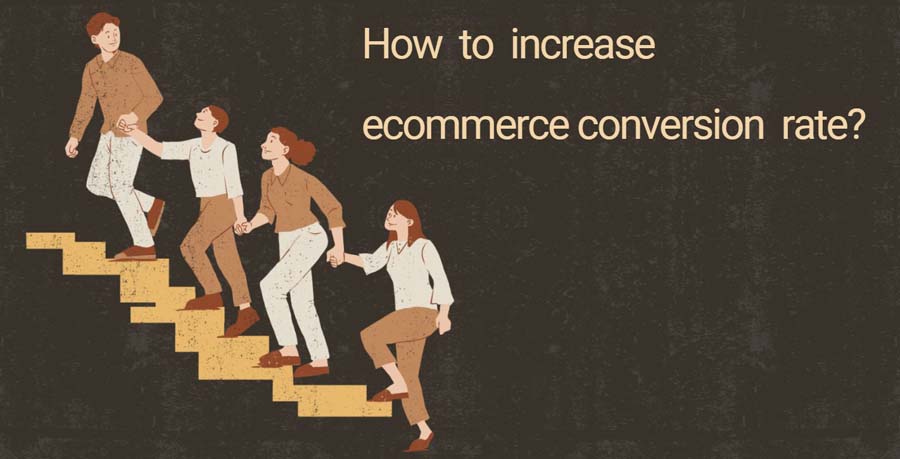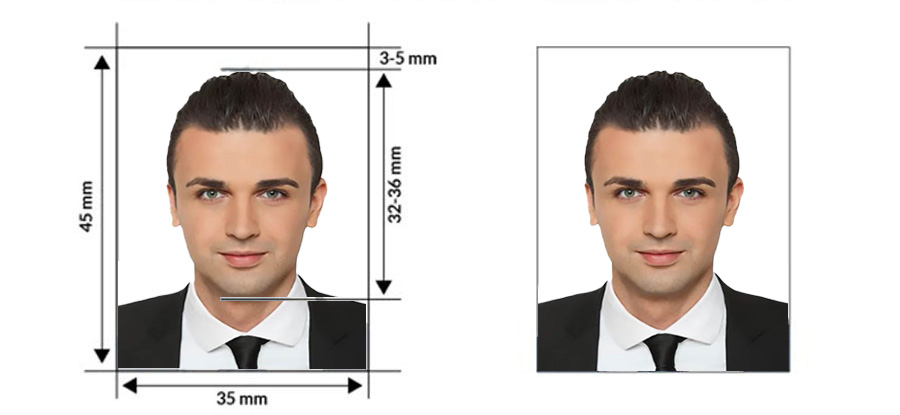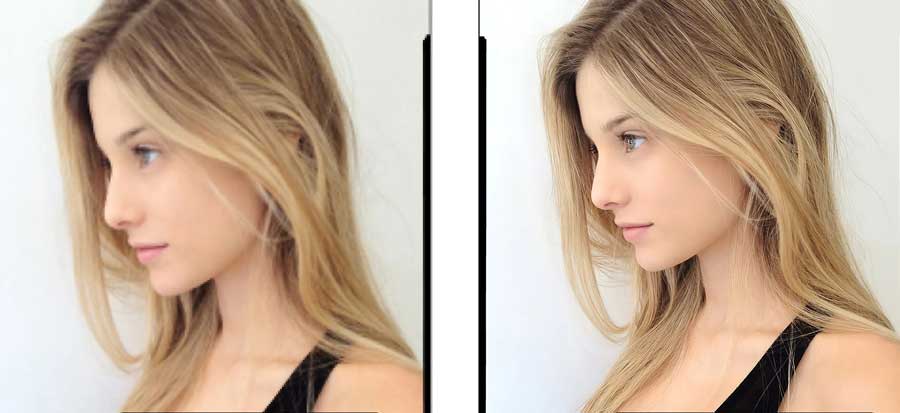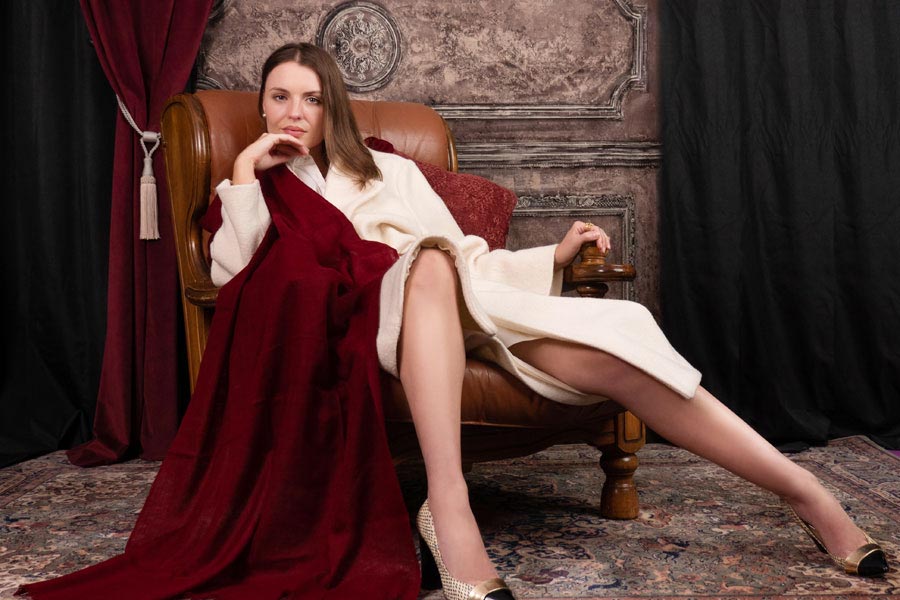
Unlocking Creativity in Fashion Photography
- The importance of creativity in fashion photography Creativity is the essence of fashion photography, transforming ordinary images into captivating stories. It brings a unique perspective, adds depth, and creates an emotional connection with the audience.
- Overview of the blog post: 10 tips to inspire your creativity This post explores ten practical tips designed to ignite your creative spark and elevate your fashion photography. From working with models to mastering lighting techniques, each tip is a step toward refining your craft.
- Relevance of fashion photography in the modern era In a world dominated by visual content, fashion photography plays a pivotal role in defining trends and influencing public perceptions. Its relevance continues to grow with the rise of social media and digital platforms.
- Mention related keywords subtly Keywords like “high fashion photoshoot,” “fashion photography locations,” and “photography portrait tips” will be subtly integrated throughout the article to enhance relevance and discoverability.
Understanding Your Subject: The Model
- Importance of a good model in fashion photography A skilled model can bring your vision to life, adding authenticity and dynamism to your shots. Their experience and ability to emote are invaluable assets.
- Working with modeling agencies looking for photographers Partnering with reputable modeling agencies can provide access to professional models and open doors to high-profile projects.
- How to find modeling schools near me for collaborations Local modeling schools are excellent resources for finding emerging talent eager to build their portfolios. Reach out for mutually beneficial collaborations.
- Tips on directing your model for the best shots Effective communication and direction are key. Provide clear instructions, use visual references, and create a comfortable environment to get the best results.
- Building rapport with your model for natural expressions Establishing a connection with your model fosters trust and ease, resulting in more genuine and natural expressions.
- High fashion photoshoot considerations High fashion shoots demand meticulous planning, from wardrobe choices to intricate poses. Pay attention to every detail to ensure a polished outcome.
Choosing the Right Location
- Impact of location on your photos The right location can enhance the mood and narrative of your shoot. It sets the stage and adds context, making your images more compelling.
- Popular fashion photography locations Melbourne and street style photographer Sydney hotspots Melbourne and Sydney offer diverse and vibrant backdrops perfect for fashion photography. Explore these cities to find unique locations that add character to your shoots.
- Benefits of fashion photography outdoor settings Outdoor settings provide natural light and diverse environments that can elevate your photos. The natural elements add an organic feel to your work.
- Indoor vs. outdoor shoots: Pros and cons Indoor shoots offer controlled environments, perfect for studio lighting and weather-proofing. Outdoor shoots, however, provide natural light and varied backgrounds, but come with unpredictability.
- Finding unique locations for high fashion photography Seek out unconventional spots that align with your creative vision. Abandoned buildings, rooftops, and hidden alleys can offer striking backdrops.
- Utilizing local scenery for fashion photography near me Local parks, urban landscapes, and architectural landmarks can serve as excellent settings for your shoots, providing familiarity and convenience.
Lighting Techniques for Stunning Results
- Natural vs. artificial lighting: When to use each Natural light is ideal for soft, flattering portraits, while artificial lighting offers control and consistency. Knowing when to use each is essential for achieving desired effects.
- Photography portrait tips techniques for lighting Experiment with different lighting setups to find what works best for your style. Rembrandt lighting, butterfly lighting, and split lighting are great techniques to start with.
- Utilizing golden hour for fashion photography The golden hour, shortly after sunrise or before sunset, provides warm, soft light that enhances skin tones and adds a magical quality to your photos.
- Creating dramatic effects with studio lighting Use studio lighting to craft dramatic and high-contrast images. Play with shadows and highlights to create depth and interest.
- How f stop fashion photography settings influence lighting Adjusting your aperture (f-stop) affects depth of field and light exposure. Mastering this setting can significantly impact the quality and style of your photos.
- Practical tips for lighting in various environments Adapt your lighting techniques to suit different environments. Use reflectors, diffusers, and external flashes to control light in challenging settings.
Perfecting Your Composition
- Rule of thirds and its importance in fashion photography The rule of thirds is a fundamental composition technique that adds balance and interest to your photos. Position your subject along the grid lines for a pleasing effect.
- Experimenting with different angles and perspectives Don’t be afraid to get creative with angles. Shoot from above, below, or through objects to add a unique perspective to your images.
- Incorporating foreground and background elements Including elements in the foreground and background creates depth and context. It can transform a simple portrait into a rich narrative.
- Importance of negative space in high fashion photoshoot Negative space can highlight your subject and add a minimalist elegance to your composition. Use it to create a striking visual impact.
- How to create depth in your photos Layering elements and using leading lines can create a sense of depth, making your images more immersive and engaging.
- Tips for framing your subject effectively Use natural frames like arches, windows, or branches to draw attention to your subject. Framing adds focus and a professional touch to your shots.
Styling and Wardrobe Choices
- Importance of wardrobe in fashion photography The wardrobe is a critical element that defines the style and theme of your shoot. It sets the tone and enhances the visual appeal of your photos.
- Collaborating with fashion designers and stylists Working with designers and stylists can elevate your shoots. Their expertise in fashion can bring new ideas and ensure cohesive styling.
- Choosing the right outfits for your theme Select outfits that complement the shoot’s concept. Consider colors, textures, and silhouettes that align with your creative vision.
- Mixing textures and colors for visual interest Combining different fabrics and colors adds depth and interest to your photos. Experiment with contrasts to create striking images.
- High fashion vs. street fashion photography styles Understand the nuances between high fashion’s polished, avant-garde style and street fashion’s raw, candid look. Each has its own charm and storytelling potential.
- Incorporating accessories and props for added flair Accessories and props can enhance your narrative and add layers of meaning. Use them thoughtfully to complement your composition.
Posing Techniques for Dynamic Shots
- Essential fashion photography poses for models Master classic poses like the three-quarter turn, hands-on-hips, and the power pose. These foundational poses highlight the model’s features effectively.
- Tips for making poses look natural and fluid Encourage movement and interaction with the environment. Candid moments often yield the most authentic and dynamic shots.
- Using movement to create dynamic shots Capture motion by having your model walk, jump, or twirl. Movement adds energy and liveliness to your images.
- How to direct inexperienced models Guide inexperienced models with clear instructions and positive feedback. Demonstrate poses and make them feel at ease to build their confidence.
- Creating emotion through body language Body language can convey a wide range of emotions. Experiment with different poses and expressions to capture the desired mood.
- Reference to fashion photography courses for learning more Enroll in fashion photography courses to refine your posing techniques and learn from industry experts.
Post-Processing for a Professional Finish
- Importance of post-processing in fashion photography Post-processing is essential for polishing your images and bringing your vision to life. It enhances the final look and feel of your photos.
- Basic editing techniques: Exposure, contrast, and color correction Adjust exposure for brightness, tweak contrast for depth, and correct colors to ensure accurate and vibrant hues.
- Advanced techniques: Retouching skin, removing distractions Use advanced techniques to retouch skin, remove blemishes, and eliminate distracting elements, ensuring a flawless finish.
- Recommended software for fashion photographers Adobe Lightroom and Photoshop are industry standards. Explore their tools and features to enhance your editing workflow.
- Tips for maintaining consistency across your photos Develop a consistent editing style to create a cohesive look. Use presets and maintain uniformity in exposure and color correction.
- How to avoid over-editing and keep it natural Strive for a natural look by avoiding excessive retouching. Preserve the authenticity of your images while enhancing their appeal.
Building Your Portfolio
- Importance of a strong portfolio in fashion photography career A well-curated portfolio showcases your skills and style, attracting potential clients and opportunities.
- Selecting your best work to showcase Choose your strongest images that represent your unique vision and technical prowess. Quality over quantity is key.
- Organizing your portfolio for maximum impact Arrange your portfolio in a logical sequence, starting with your best work. Group similar themes or styles together for coherence.
- Tips for creating a lookbook photography portfolio A lookbook highlights specific themes or collections. Ensure it’s visually appealing and tells a cohesive story.
- How to get signed as a photographer with your portfolio Submit your portfolio to agencies and publications. Network with industry professionals and showcase your work on relevant platforms.
- Using social media to promote your work: Fashion photography hashtags Leverage social media to reach a broader audience. Use popular hashtags like #FashionPhotography, #ModelPhotography, and #EditorialPhotography to increase visibility.
Marketing Yourself as a Fashion Photographer
In the competitive world of fashion photography, marketing yourself effectively is crucial to standing out and securing lucrative opportunities.
- Understanding the Fashion Photography Market Understanding the nuances of the fashion photography market is essential for success. It involves grasping trends, client preferences, and emerging niches within the industry.
- Building a Personal Brand as a Fashion Photographer Building a personal brand goes beyond taking captivating photos; it’s about cultivating a distinct identity that clients can recognize and trust. This involves defining your unique style, whether it’s avant-garde, minimalist.
- Finding Fashion Photography Jobs and Opportunities Finding fashion photography jobs requires a proactive approach and a keen understanding of where to look. Utilizing online job boards, industry-specific websites, and freelance platforms can uncover a variety of opportunities.
- Creating a Professional Website and Online Presence A professional website serves as a digital storefront for fashion photographers, showcasing their portfolio, biography, and contact information in a visually appealing and user-friendly manner.
- Leveraging Fashion Photography Gallery Exhibitions Gallery exhibitions provide a platform to showcase artistic vision, network with art collectors and curators, and attract media attention. Collaborating with art galleries, museums, and cultural institutions offers opportunities for solo shows, group exhibitions.
Staying Inspired and Continually Learning
Continuous learning is fundamental to growth and innovation in fashion photography, enabling photographers to refine their skills, expand their knowledge, and stay ahead of industry trends.
- Importance of Continuous Learning in Fashion Photography Fashion photography is a dynamic field that constantly evolves with new techniques, technologies, and creative approaches. Embracing continuous learning through workshops, online courses, and mentorship programs allows photographers to master advanced lighting techniques, refine editing skills, and explore experimental styles.
- Recommended Fashion Photography Books and Resources Accessing a curated selection of fashion photography books and resources provides invaluable insights into historical trends, iconic photographers, and influential fashion campaigns. Books by renowned photographers like Irving Penn, Richard Avedon, and Tim Walker offer visual inspiration and technical expertise.
- Learning from the Best: Best Fashion Photographers of All Time Studying the works of the best fashion photographers of all time serves as a masterclass in artistic expression and storytelling through imagery. Analyzing portfolios by legends like Helmut Newton, Annie Leibovitz, and Steven Meisel provides insights into composition, lighting, and narrative techniques that have shaped the fashion photography landscape.
- Attending Workshops and Fashion Photography Courses Attending workshops and fashion photography courses offers hands-on experience, practical skills development, and direct access to industry professionals. These immersive learning environments cover a range of topics, from studio lighting setups and model direction to post-processing techniques and portfolio development.
- Keeping Up with Industry Trends and Styles Remaining informed about emerging fashion trends, cultural influences, and technological advancements informs creative decisions and strategic planning in fashion photography. Monitoring industry publications, trend forecasts, and social media platforms.
- Finding Inspiration in Everyday Life and Surroundings Finding inspiration in everyday life and surroundings cultivates a unique perspective and informs creative storytelling in fashion photography.
Conclusion: Embracing Your Creative Journey
In conclusion, navigating the multifaceted world of fashion photography requires dedication, creativity, and a strategic approach to marketing and learning. By understanding the market, building a personal brand, and networking with industry professionals, photographers can position themselves for success and capitalize on diverse opportunities. Continuously learning from reputable resources, attending workshops, and staying abreast of industry trends empowers photographers to refine their craft and push artistic boundaries. Ultimately, embracing experimentation and cultivating a unique style allows photographers to forge a meaningful creative journey, leaving a lasting impact in the vibrant realm of fashion photography.
How Outsourcing Photo Editing Boosts Your Business
In the fast-paced digital age, the visual representation of your business is paramount. High-quality images…
How to Plan the Perfect Mommy and Me Photoshoot
beautiful mother and daughter in white dresses sitting back to back and smiling at camera…
Wedding Party Photos: Trends to Try in 2024
Wedding Party Photos: Trends to Try in 2024 Embracing New Trends in Wedding Party Photos…
How to Increase Ecommerce Conversion Rate?
How to increase ecommerce conversion rate? Introduction Overview of Ecommerce Conversion Rates Ecommerce conversion rates…
How to Edit Passport Size Photo? Like a Pro: From Snap to Official Stamp
Choosing the Right Tools for Editing Understanding Different Editing Tools When it comes to editing…
How to Fix Blurry Photos in Photoshop? 2 Minute Fixes!
How to Fix Blurry Photos in Photoshop? 2 Minute Fixes! Introduction Uh oh, just downloaded…

